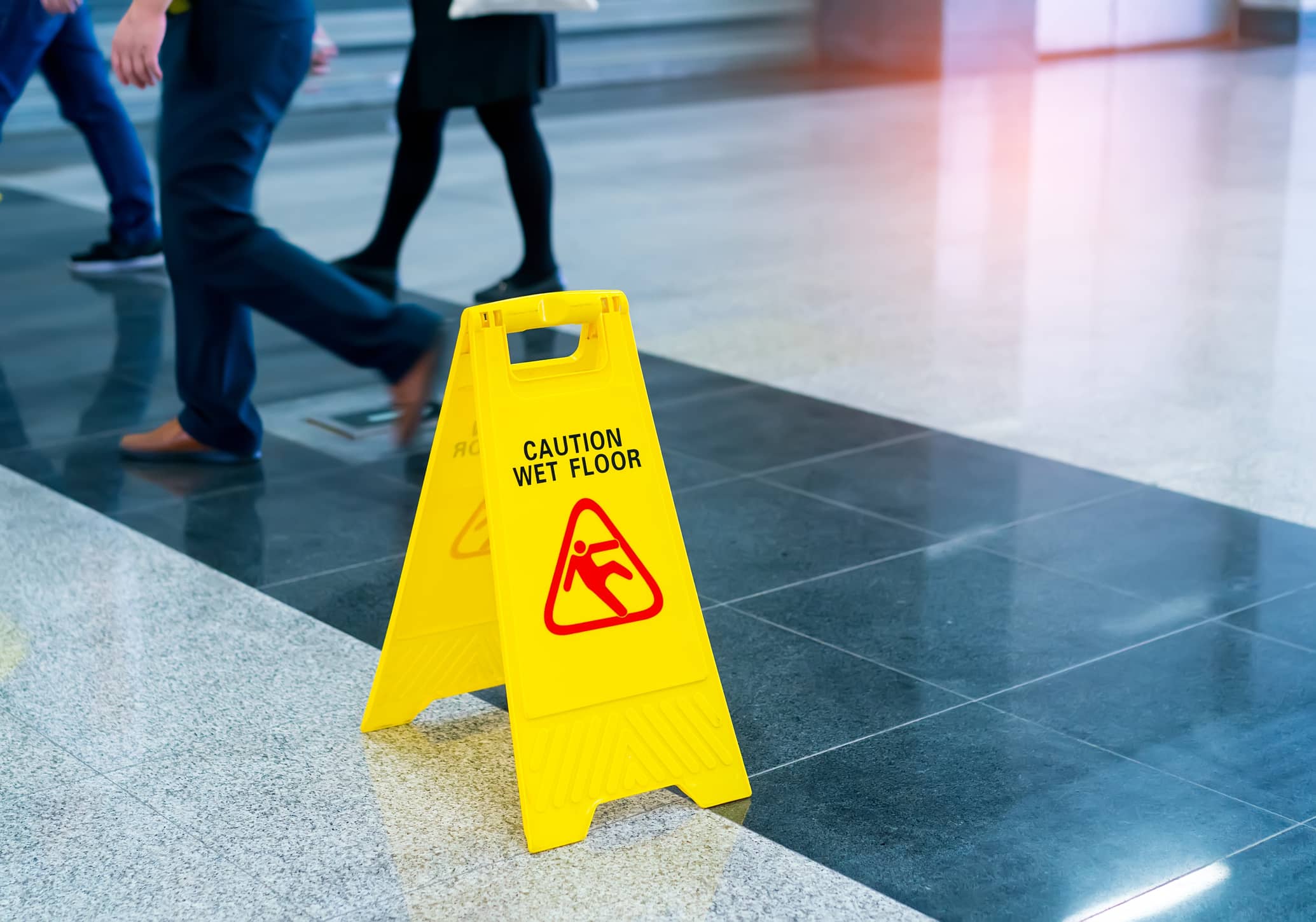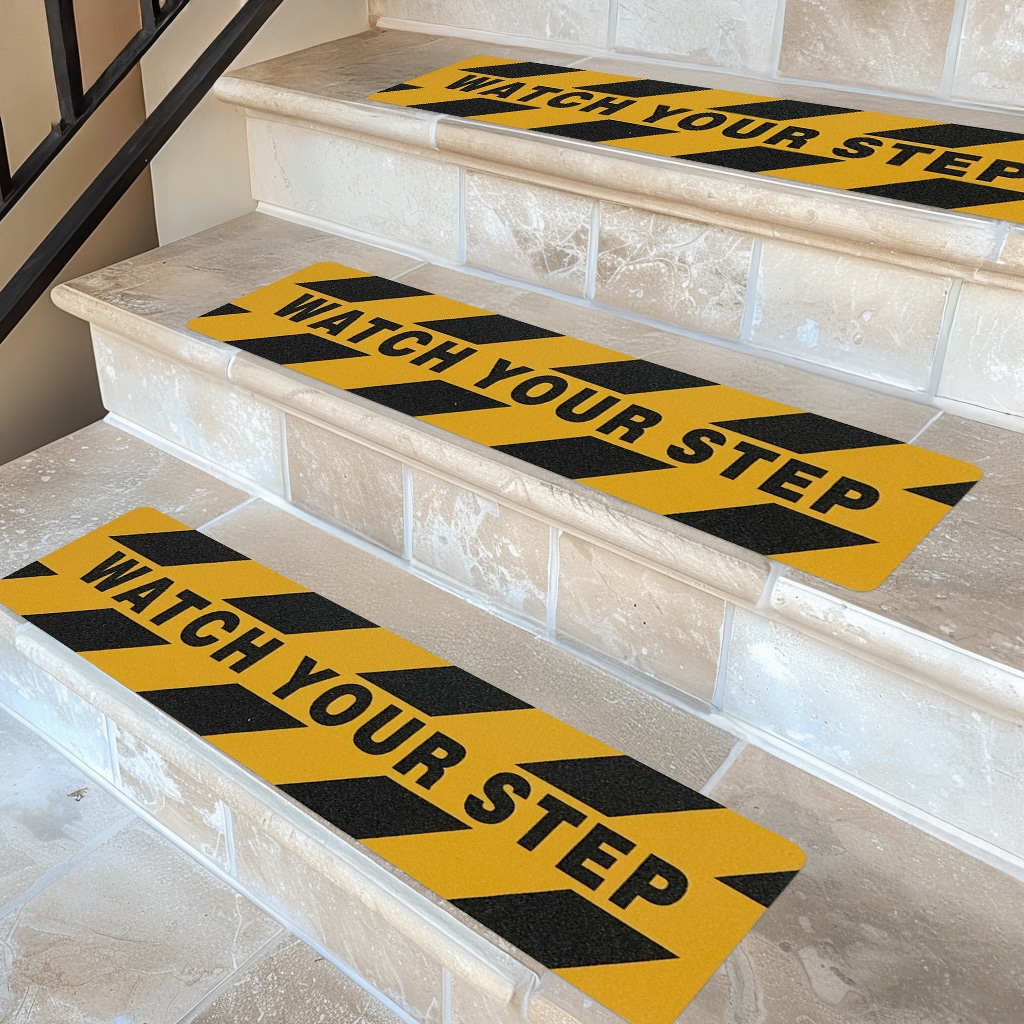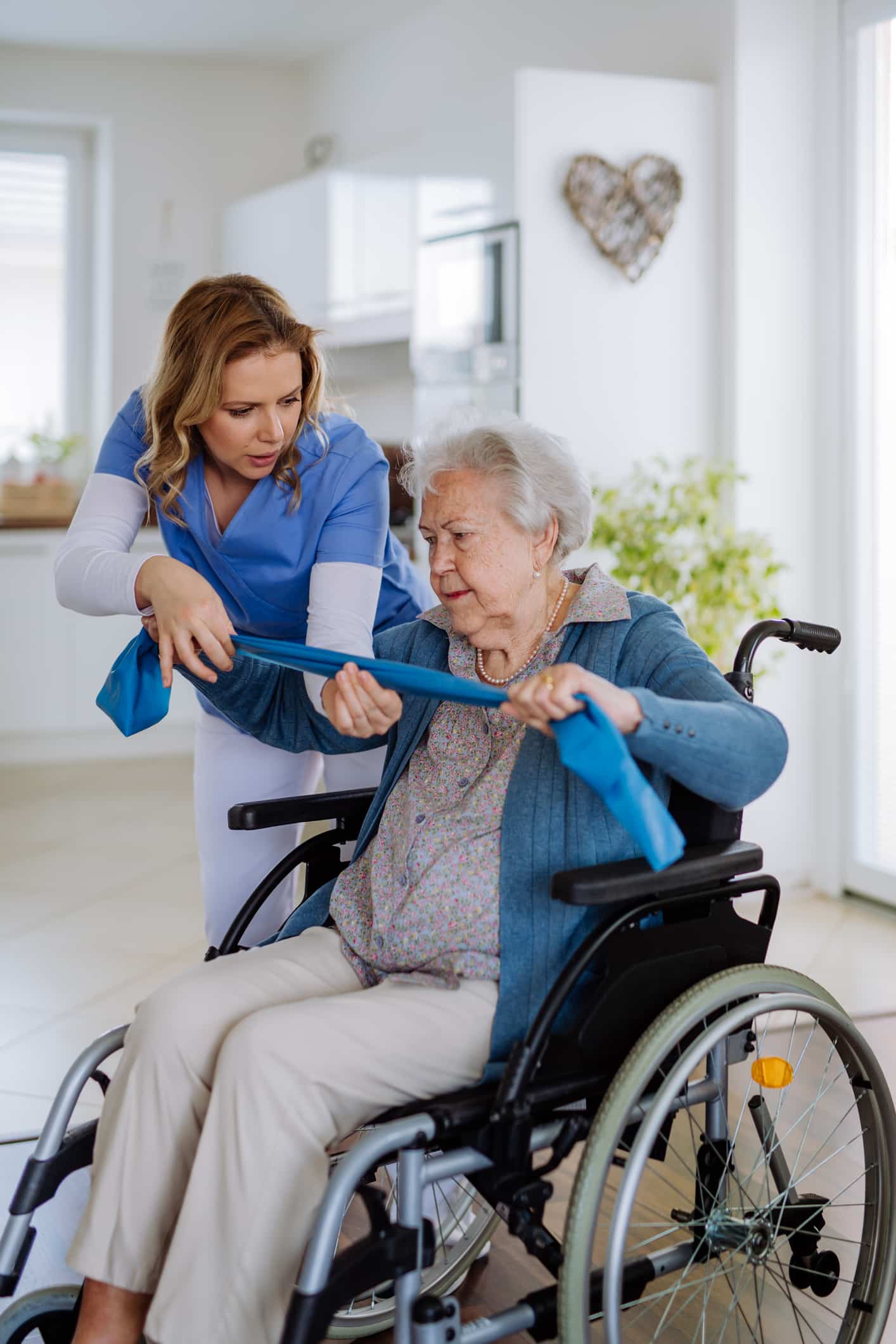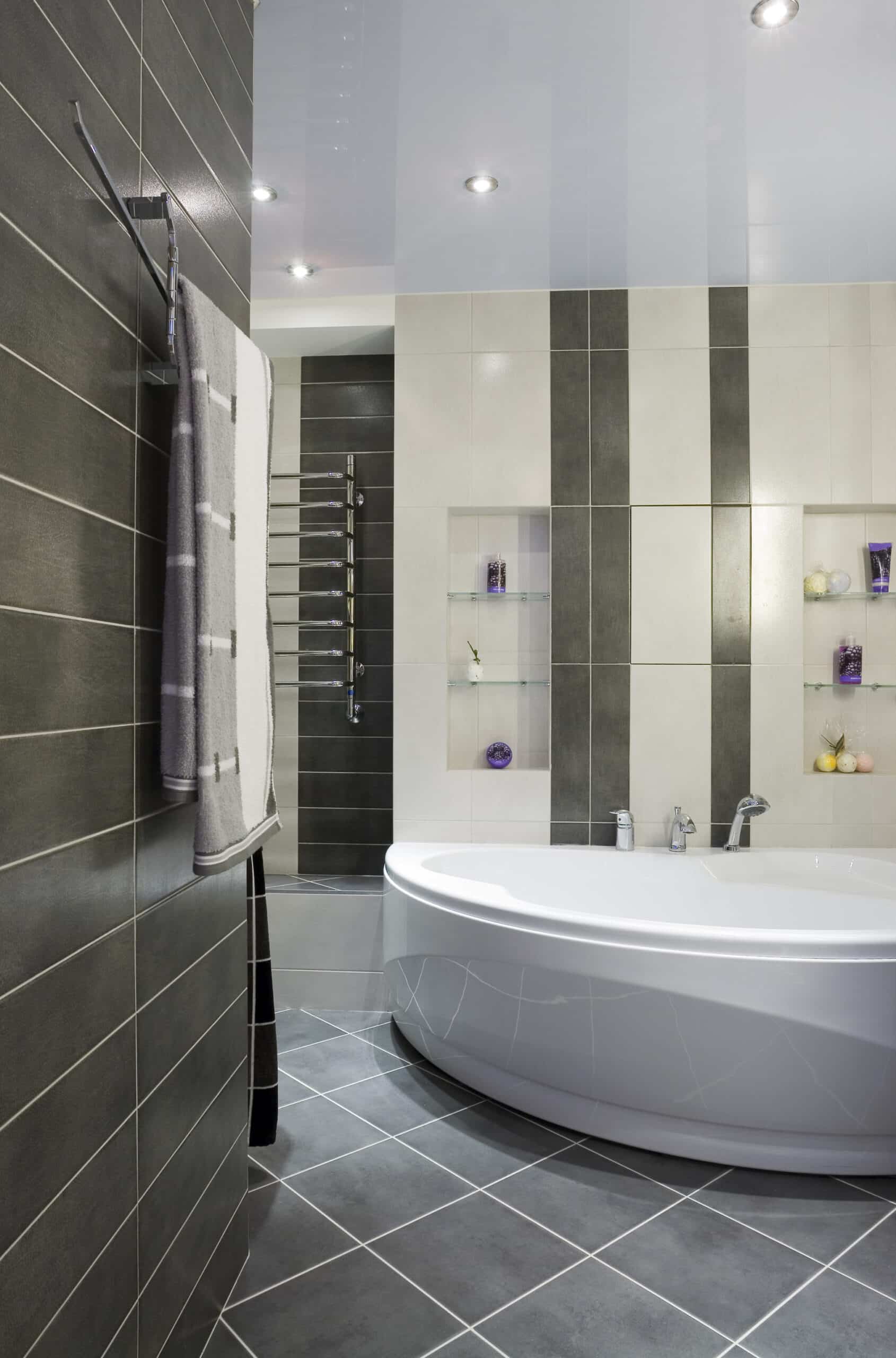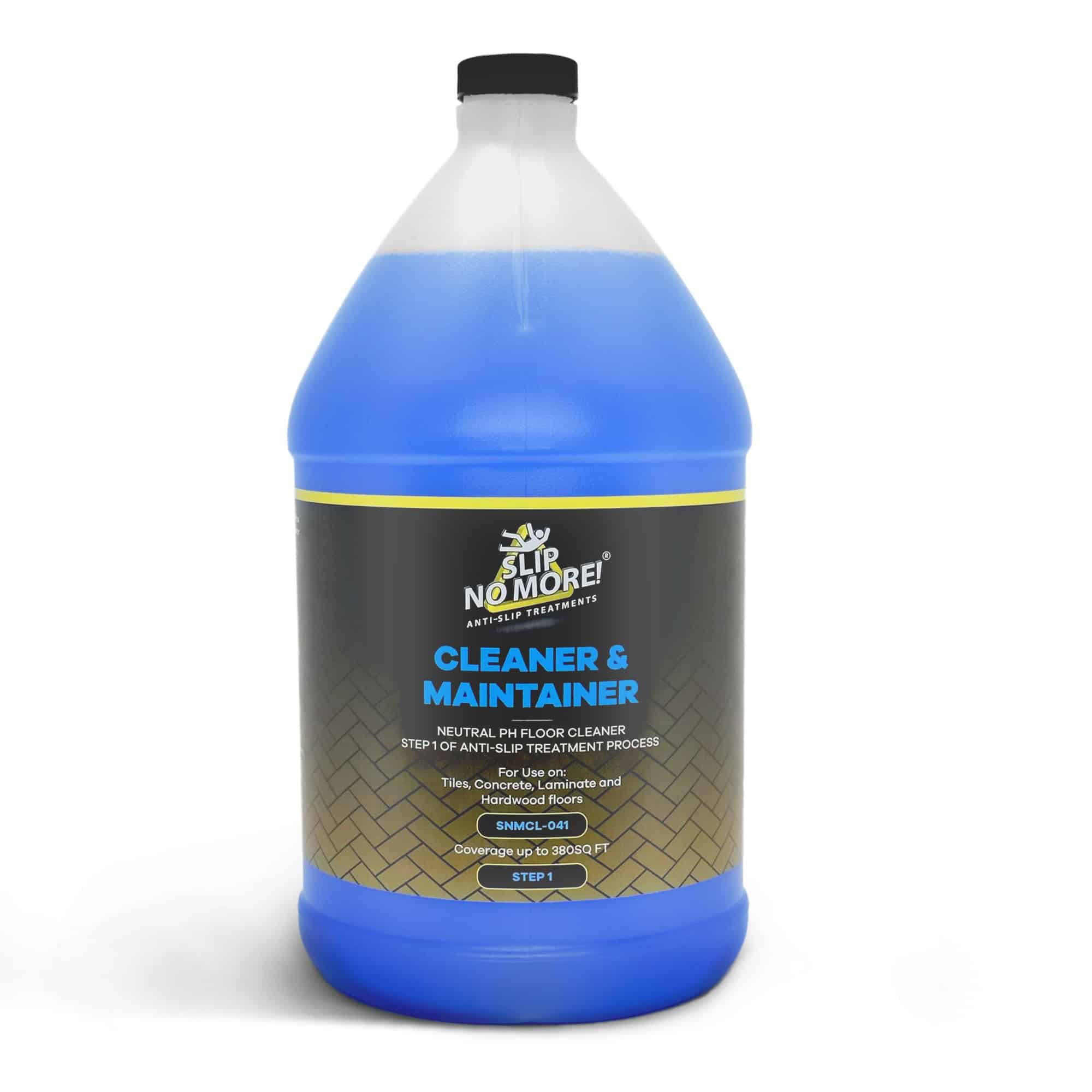Are you tired of the constant fear of trying to prevent slips, trips, or falls and injuring yourself? Look no further! This article will share some essential tips to help you avoid these accidents and ensure a safe and injury-free experience.
Failing to prevent falls, trips, and slips can happen to anyone, anywhere, and at any time. They not only lead to potential injuries but can also cause emotional distress and a loss of confidence. Following these tried-and-true strategies can significantly reduce the risk of accidents and protect your physical well-being.
From wearing appropriate footwear to maintaining a clutter-free environment, our expert tips cover all the necessary precautions to make your everyday life safer. We will also explore the importance of maintaining good posture and being mindful of your surroundings.
Safety should never be taken for granted, and with the proper knowledge and awareness, you can prevent falls, trips, and slips. It’s time to take control of your safety and enjoy a worry-free experience!
The importance of preventing falls, trips, and slips.
Falls are a leading cause of injury, especially among older adults. According to the Centers for Disease Control and Prevention (CDC), one out of four Americans aged 65 and older falls annually. These falls can result in fractures, head injuries, and other severe consequences. However, falls are not limited to the elderly. People of all ages should try to prevent falls, trips, and slips that lead to injuries that could have been prevented.
Preventing falls is crucial because it protects your physical health and preserves your independence and overall well-being. Whether you’re at home, work, or engaging in outdoor activities, taking proactive steps to prevent falls is essential for a safe and injury-free experience.
Common causes of falls, trips, and slips
Understanding the common causes will help prevent falls, trips, and slips and help you identify potential hazards and take appropriate precautions. Some of the most frequent causes include:
1. Uneven surfaces: Uneven flooring, loose carpets, or cracked sidewalks can easily cause trips and falls. You will prevent falls, trips, and slips if your surfaces are even.
2. Clutter: Objects left on the floor, such as toys, shoes, or cables, create tripping hazards.
3. Poor lighting: Insufficient lighting makes seeing obstacles in your path difficult, increasing the risk of falls. Bright lights are a sure way to prevent falls, trips, and slips.
4. Footwear: Wearing improper or ill-fitting shoes can affect your balance and stability, leading to slips and falls.
5. Wet or slippery surfaces: Spills, wet floors, or icy sidewalks can make surfaces slippery and increase the likelihood of falls. Applying slip-prevention products is the most effective way to prevent falls, trips, and slips.
6. Lack of handrails: Stairways, ramps, and elevated surfaces without handrails make it challenging to maintain balance and increase the risk of falls. Especially with the older generation, you need this to prevent falls, trips, and slips.
Identifying these common causes and taking necessary precautions can significantly reduce your risk of accidents. They can also help you prevent falls, trips, and slips.
Identifying potential hazards in your environment
To create a safe and injury-free environment, it’s essential to identify potential hazards and address them promptly. Conducting a thorough assessment of your surroundings can help you pinpoint areas that may pose a risk. Here are some steps to follow:
1. Start with your home: Walk through each room and identify any potential tripping hazards, such as loose rugs, cluttered pathways, or slippery surfaces. Ensure that furniture is arranged in a way that allows for easy movement and clear pathways. Remember, the objective is to prevent falls, trips, and slips.
2. Pay attention to outdoor areas: Check your driveway, walkways, and garden for any uneven surfaces, cracks, or debris that could cause trips or falls. Repair or replace damaged areas promptly.
3. Evaluate your workplace: If you work in an office or other professional setting, look for hazards such as loose cables, wet floors, or poorly maintained staircases. Report any safety concerns to your supervisor or facilities management. You could also call a slip-prevention expert to help you evaluate how to prevent falls, trips, and slips.
Identifying and addressing potential hazards is crucial to preventing falls, trips, and slips.
Tips for maintaining a safe and clutter-free home
A clutter-free home enhances visual appeal and can help prevent falls, trips, and slips.. Here are some tips to help you maintain a safe and clutter-free living space:
1. Keep walkways clear: Ensure your hallways, staircases, and pathways are free from obstacles. Avoid leaving items like shoes, toys, or bags in high-traffic areas.
2. Organize your belongings: Use storage solutions such as shelves, cabinets, or baskets to keep your belongings organized. This helps prevent clutter from accumulating on the floor.
3. Secure loose rugs and mats: Use non-slip pads or double-sided tape to secure rugs and mats to the floor. This prevents them from sliding or bunching up and prevents falls, trips, and slips.
4. Remove unnecessary furniture: Excess furniture can obstruct pathways and make navigation challenging. Consider removing any unnecessary pieces to create more open space. This is a cost-effective way to prevent falls, trips, and slips.
5. Install grab bars and handrails: Install grab bars in bathrooms and handrails on staircases to provide stability and support. These additions can significantly prevent falls, trips, and slips.
Incorporating these tips into your daily routine allows you to maintain a safe and clutter-free home environment.
Proper footwear to prevent falls, trips, and slips.
Appropriate footwear is critical in preventing falls, trips, and slips. Here are some factors to consider when selecting footwear for fall prevention:
1. Choose proper fit: Ensure your shoes fit well and provide adequate support. Shoes that are too loose or too tight can affect your balance and increase the risk of falls.
2. Opt for non-slip soles: Look for shoes with non-slip or anti-skid soles that provide good traction on various surfaces. This helps prevent falls, trips, and slips, especially on wet or slippery surfaces.
3. Avoid high heels or unstable footwear: High heels, flip-flops, or shoes with unstable platforms can compromise your stability. Opt for shoes with low heels and a broad base for better balance.
4. Consider additional support: If you have specific foot conditions or balance issues, consult a podiatrist or orthopedic specialist for footwear recommendations. They may suggest custom orthotics or specialized footwear enhance stability.
When choosing footwear, you can significantly reduce the risk of falls and slips by prioritizing comfort, support, and traction.
Exercise and balance training for preventing falls
Maintaining good balance and strength is essential for fall prevention. Regular exercises and balance training can help improve muscle tone, coordination, and stability. Here are some exercises to incorporate into your routine:
1. Tai Chi: This ancient Chinese martial art focuses on slow, controlled movements and shifting body weight. Tai Chi improves balance, flexibility, and strength, making it an excellent practice for fall prevention.
2. Yoga: Yoga poses that target balance, such as tree pose or warrior III pose, can help improve stability and concentration. Regular yoga practice strengthens the core muscles and enhances body awareness.
3. Strength training: Incorporate strength training exercises that target the lower body, such as squats, lunges, and calf raises. Strengthening these muscles improves balance and stability. This is an effective way to prevent falls, trips, and slips.
4. Aerobic exercises: Engage in walking, swimming, or cycling to improve cardiovascular fitness and overall strength. These exercises contribute to better balance and coordination.
Consult a fitness professional or physical therapist to develop an exercise routine that suits your needs and abilities. You would never have thought it, but this is an often overlooked way to prevent falls, trips, and slips.
Safety precautions for outdoor activities
Outdoor activities can be enjoyable, but they also come with potential risks. To prevent falls and injuries during outdoor pursuits, consider the following safety precautions:
1. Wear appropriate footwear: Choose sturdy, closed-toe shoes with good traction for hiking, walking, or any outdoor activity. Avoid sandals or flip-flops that may compromise your stability.
2. Check weather conditions: Be aware of weather forecasts before heading outdoors. Rain, snow, or icy conditions can make surfaces slippery. A simple weather check can prevent falls, trips, and slips.
3. Use handrails and support when available: When walking on uneven terrain or near cliffs or steep slopes, use handrails or other available support to maintain balance and prevent falls, trips, and slips..
4. Be cautious on stairs and inclines: Take extra care when navigating stairs, inclines, or uneven surfaces. Slow down, watch your step, and use handrails if available.
5. Stay mindful of your surroundings: Pay attention to your surroundings and be aware of potential hazards, such as tree roots, rocks, or potholes. Stay on designated paths and trails whenever possible.
By taking these safety precautions, you can enjoy outdoor activities while minimizing the risk of falls and accidents. Learn more here about fall prevention for all ages.
Workplace safety tips for preventing falls and slips
Workplaces can present various hazards that may lead to falls and slips. Practicing workplace safety is crucial whether you work in an office, a construction site, or any other professional environment. Consider implementing the following tips:
1. Keep work areas clean and organized: Maintain a clutter-free workspace and promptly clean up spills or debris that could fail you from preventing falls, trips, and slips.. Encourage colleagues to do the same.
2. Use appropriate safety equipment: Depending on your work environment, use personal protective equipment (PPE) such as non-slip shoes, hard hats, or safety harnesses. Follow all safety protocols and guidelines.
3. Report safety concerns: If you notice potential hazards or safety issues, immediately report them to your supervisor or safety officer. Prompt action can prevent falls, trips, and slips.
4. Take breaks and stretch: If your job involves prolonged standing or repetitive tasks, take regular breaks to stretch and rest. Fatigue can compromise your balance and increase the risk of falls.
5. Use proper ergonomics: Maintain good posture and use ergonomic equipment, such as adjustable chairs and desks, to reduce the risk of musculoskeletal injuries. This helps prevent falls, trips, and slips.
In an office or a physically demanding environment, prioritizing workplace safety is essential for preventing falls, trips, and slips.
Safety equipment and aids for fall prevention
In addition to taking preventive measures, using safety equipment and aids can further reduce the risk of falls and injuries. Here are some examples:
1. Grab bars and handrails: Install grab bars in bathrooms, stairways, and other areas where extra support is needed. Handrails provide stability and assist with balance.
2. Non-slip mats: Place non-slip mats in moist areas, such as bathrooms and kitchens. These mats provide traction and reduce the risk of slips.
3. Lighting enhancements: Install additional lighting in dimly lit areas to improve visibility and prevent falls caused by poor lighting.
4. Assistive devices: Canes, walkers, and mobility aids can provide extra support and stability for individuals with balance or mobility limitations.
5. Fall detection systems: For individuals who can’t prevent falls, trips, and slips, fall detection systems can automatically alert caregivers or emergency services in case of an accident.
Consult healthcare professionals or occupational therapists to determine which safety equipment or aids suit your needs. Want to know why slip prevention is essential? CLICK HERE
Conclusion: Taking proactive steps towards a safer future
Safety should never be taken for granted, and by following the essential tips provided in this article, you can significantly reduce the risk of falls, trips, and slips. From maintaining a clutter-free home and wearing appropriate footwear to engaging in exercises that improve balance and being mindful of your surroundings, taking proactive steps towards a safer future is within your control.
Remember, preventing falls and accidents is not just about physical well-being. It also contributes to maintaining your independence, confidence, and overall quality of life. By implementing these strategies and prioritizing safety, you can enjoy a worry-free experience and prevent falls, trips, and slips.
Now, armed with the knowledge and awareness necessary for fall prevention, it’s time to take control of your safety and embrace a life free from the constant fear of accidents. Start implementing these tips today and pave the way for a safer, injury-free future.
About Slip No More
With more than 15 years of experience in the slip-prevention industry, our products are developed to solve the problem of slippery floors in all areas. Over this time, we have learned how to prevent falls, trips, and slips.
Why not follow our Facebook, Instagram, Twitter, or YouTube accounts for funny videos, informative posts, and general floor safety information? We also have loads of great reviews from our customers on Trustpilot. If you found this article helpful, take a look at our related articles:

